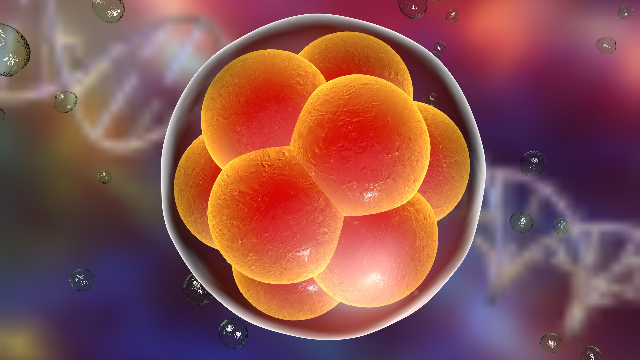A single type of mouse stem cell can generate a structure in culture capable of self-organizing to generate both embryonic cells and those that are the precursor to the placenta, according to a study published today (October 17) in Cell. The work paves the way for a greater understanding of mammalian development and of things that can go wrong in very early pregnancy.
The authors have generated structures that have some of the properties of a blastocyst—though clearly not all, says Janet Rossant, a biologist at the University of Toronto and the Hospital for Sick Children who did not participate in the work. It would be pretty amazing if these cells did have all the characteristics of a blastocyst, she explains, “because these are stem cell lines that have been derived in culture from a variety of different sources and under very complex culture conditions and to actually be able to replicate the sort of forward progression of lineage development in the early embryo in quite a short time period is asking a lot of the cells.”
Despite years of research, the information scientists have about development during preimplantation—the time after an egg is fertilized but before the embryo settles in to the uterus—is limited, says Jun Wu, a biologist at UT Southwestern Medical Center. To address this lack of information, he and his colleagues set out to build an early embryo or something like it. Previously, scientists had come so far as building a blastocyst-like structure called a blastoid, which combined two types of stem cells. One of the limitations of these blastoids is that they were assembled to mimic a blastocyst, meaning the researchers couldn’t examine earlier development. They also stopped developing pretty early because they were missing a tissue called a primitive endoderm, the precursor to the yolk sac…







